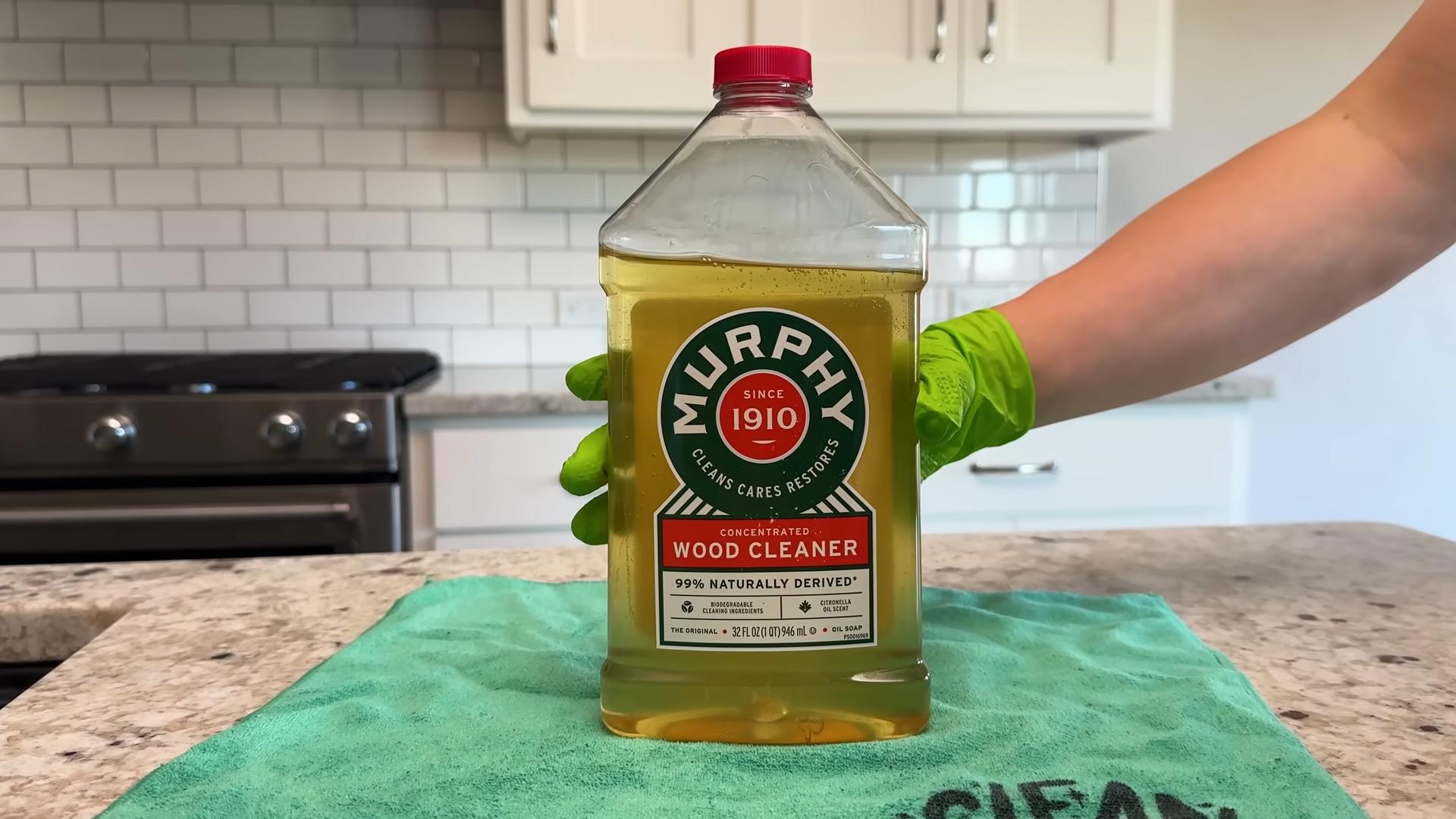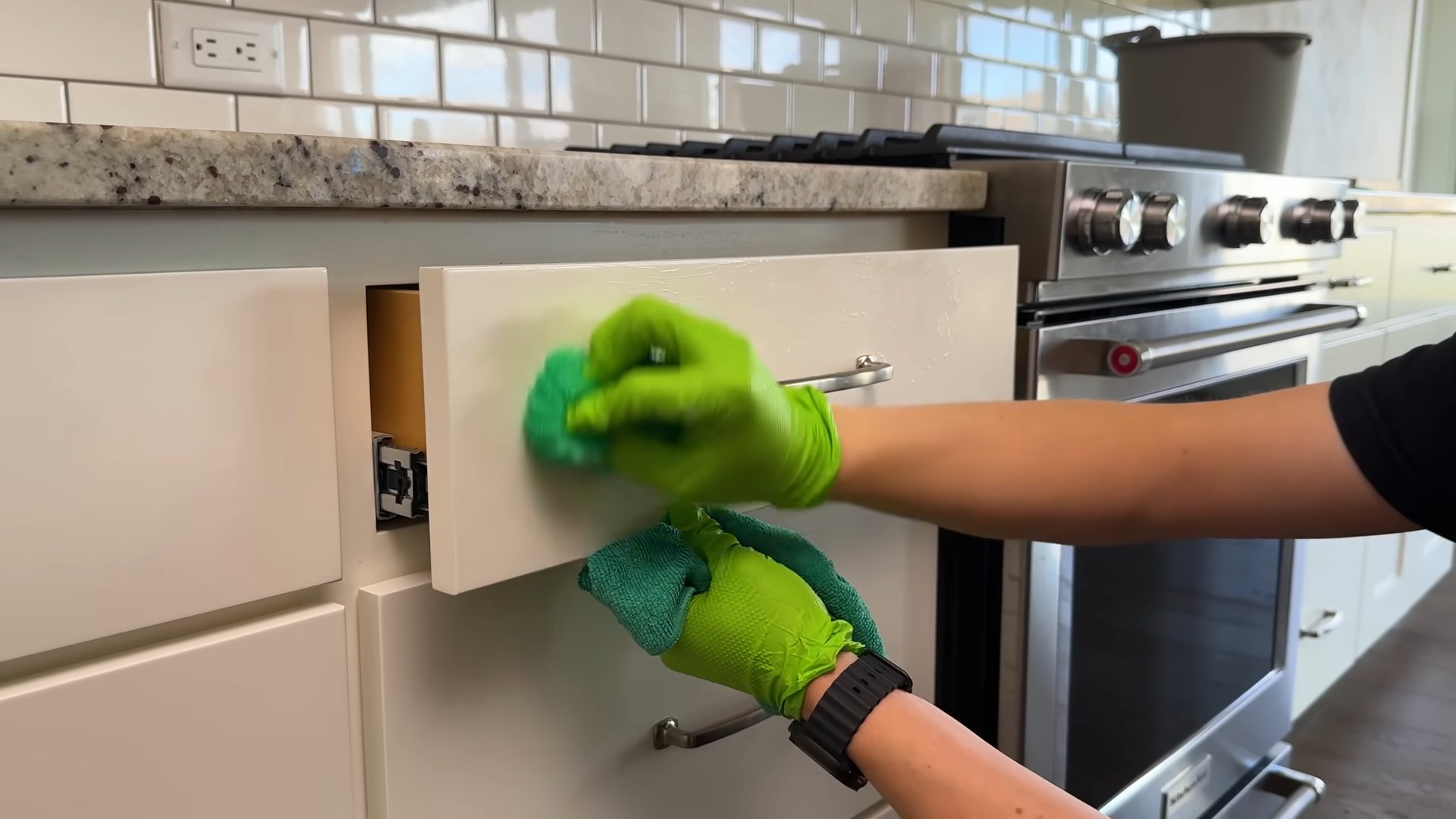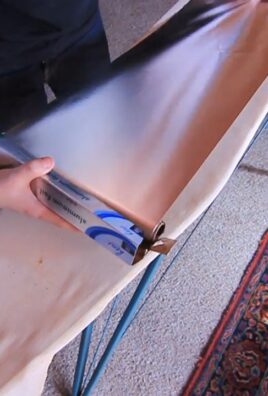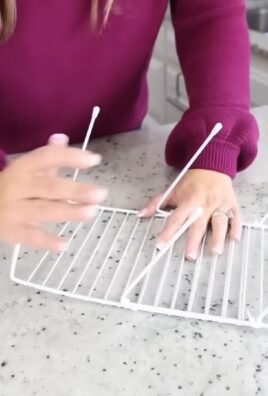DIY Home Decor Ideas: Ever feel like your living space is missing that special *something*, that personal touch that truly makes it *yours*? I know I have! We’ve all scrolled through those picture-perfect home decor magazines, dreaming of transforming our own spaces, but often feel overwhelmed by the cost and complexity. But what if I told you that creating a stunning, personalized home doesn’t require a fortune or a professional designer?
For centuries, people have been adding their unique flair to their homes, from ancient cave paintings to intricate tapestries. The desire to personalize our surroundings is deeply ingrained in human nature. It’s about creating a sanctuary, a space that reflects our personalities and tells our stories. But in today’s fast-paced world, many of us have lost touch with the joy of creating with our own hands.
That’s where these DIY Home Decor Ideas come in! I’m going to share some simple, budget-friendly tricks and hacks that will empower you to transform your house into a home you truly love. Whether you’re looking to add a pop of color, create a cozy atmosphere, or simply express your creativity, these projects are designed to be accessible and fun for everyone. So, grab your tools, unleash your inner artist, and let’s get started on creating the home of your dreams!

DIY Floating Bookshelves: A Magical Touch to Your Walls
Hey there, fellow DIY enthusiasts! Are you tired of boring bookshelves taking up precious floor space? I’ve got just the project for you: floating bookshelves! They’re not only super stylish but also surprisingly easy to make. Plus, they give the illusion that your books are magically suspended in mid-air. Let’s get started!
What You’ll Need:
Before we dive in, let’s gather our supplies. This is crucial for a smooth and enjoyable DIY experience. Trust me, nothing’s worse than realizing you’re missing a key ingredient halfway through!
* Books: Obviously! Choose hardcover books that are relatively sturdy. Thicker books work best for hiding the mounting hardware.
* L-Brackets: These are the unsung heroes of this project. You’ll need sturdy L-brackets, preferably metal, that are long enough to support the depth of your books. The number of brackets depends on the length of your bookshelf and the weight of your books. I usually recommend one bracket every 8-12 inches for heavier books.
* Screws: Make sure you have screws that are appropriate for both the L-brackets and your wall type. Drywall screws with anchors are a good option for drywall, while wood screws are best for studs.
* Wall Anchors: If you’re not screwing into studs, you’ll definitely need wall anchors. Choose anchors that can support the weight of your books.
* Strong Adhesive: Construction adhesive or a strong epoxy will work wonders for securing the book cover to the L-bracket.
* Utility Knife or Box Cutter: For carefully cutting the book pages.
* Ruler or Measuring Tape: Precision is key!
* Pencil: For marking measurements and guidelines.
* Drill: For pre-drilling holes and screwing in the L-brackets.
* Sandpaper (Optional): If your L-brackets have any sharp edges, a little sanding can smooth them out.
* Paint (Optional): If you want to match the L-brackets to your wall color or the book cover, grab some paint.
* Safety Glasses: Always protect your eyes!
* Gloves (Optional): To keep your hands clean.
Step-by-Step Instructions: Creating Your Floating Bookshelves
Alright, let’s get our hands dirty! Follow these steps carefully, and you’ll have your own magical floating bookshelves in no time.
1. Prepare Your Books:
* Choose the book you want to use as the base for your floating shelf. Remember, thicker, sturdier hardcover books work best.
* Open the book to about halfway. This is where you’ll be attaching the L-bracket.
* Using your ruler and pencil, draw a line down the center of the pages where the L-bracket will sit. This will be your cutting guide.
2. Cut the Book Pages:
* This is where the utility knife or box cutter comes in. Carefully cut along the line you drew, removing the bulk of the pages.
* Important: Leave about 5-10 pages attached to the front and back covers. These pages will hide the L-bracket and create the illusion of a complete book.
* Take your time and use a sharp blade for a clean cut. You might need to make several passes to cut through all the pages.
* Once you’ve removed the bulk of the pages, discard them or save them for another craft project!
3. Prepare the L-Brackets:
* If your L-brackets have any sharp edges, use sandpaper to smooth them out. This will prevent them from damaging your books or scratching your wall.
* If you want to paint your L-brackets, now’s the time to do it. Choose a color that matches your wall or the book cover for a seamless look. Let the paint dry completely before moving on.
4. Attach the L-Bracket to the Book Cover:
* Apply a generous amount of strong adhesive to the top of the L-bracket.
* Carefully position the L-bracket inside the hollowed-out book, aligning it with the spine.
* Press the remaining pages firmly onto the adhesive, ensuring good contact.
* Let the adhesive dry completely according to the manufacturer’s instructions. This is crucial for a strong and secure bond. I usually let it dry overnight.
5. Mark Your Wall:
* Decide where you want to hang your floating bookshelf.
* Use a level to ensure the shelf will be straight.
* Mark the location of the L-bracket’s screw holes on the wall with a pencil.
6. Install Wall Anchors (If Necessary):
* If you’re not screwing into studs, you’ll need to install wall anchors.
* Drill holes at the marked locations, using a drill bit that’s the correct size for your wall anchors.
* Insert the wall anchors into the holes.
7. Attach the Bookshelf to the Wall:
* Position the L-bracket against the wall, aligning the screw holes with the wall anchors or studs.
* Use your drill to screw the L-bracket securely into the wall.
* Make sure the screws are tight, but don’t overtighten them, as this could damage the wall or the L-bracket.
8. Add Your Books:
* Now for the fun part! Start placing your books on the floating shelf.
* Arrange them in a way that’s visually appealing and balanced.
* Heavier books should be placed closer to the wall for added support.
* You can stack the books vertically or horizontally, depending on your preference.
9. Admire Your Handiwork:
* Step back and admire your amazing floating bookshelves! You did it!
* Enjoy the compliments you’ll receive from your friends and family.
Tips and Tricks for Perfect Floating Bookshelves
Here are a few extra tips to help you create the best floating bookshelves possible:
* Choose the Right Books: As I mentioned earlier, thicker, sturdier hardcover books are ideal. Avoid paperbacks or books with flimsy covers.
* Consider the Weight: Don’t overload your floating bookshelves. The weight capacity depends on the strength of your L-brackets and wall anchors.
* Use a Level: A level is your best friend when it comes to hanging anything on the wall. Make sure your shelves are perfectly straight for a professional look.
* Get Creative with Arrangement: Don’t be afraid to experiment with different book arrangements. You can create a visually interesting display by mixing up the sizes, colors, and orientations of your books.
* Add Decorative Items: You can also add small decorative items, such as plants, picture frames, or figurines, to your floating bookshelves. This will add personality and visual interest to your display.
* Safety First: Always wear safety glasses when drilling or cutting. And be careful when using sharp tools like utility knives or box cutters.
* Reinforce if Needed: For very heavy books or longer shelves, consider using more L-brackets for added support. You can also add a small piece of wood behind the L-bracket to distribute the weight more evenly.
* Experiment with Different Styles: You can customize your floating bookshelves to match your personal style. For example, you could paint the L-brackets a bright color, use vintage books, or create a themed display.
* Check Regularly: Periodically check the screws and wall anchors to make sure they’re still tight. This will prevent your shelves from falling down.
* Have Fun!: DIY projects should be enjoyable. Don’t stress out if things don’t go perfectly the first time. Just keep practicing, and you’ll get the hang of it.
Troubleshooting Common Issues
Sometimes, things don’t go exactly as planned. Here are some common issues you might encounter and how to fix them:
* Shelf is Sagging: This usually means the shelf is overloaded or the L-brackets aren’t strong enough. Try removing some books or adding more L-brackets.
* Screws are Stripping: This can happen if you overtighten the screws or use the wrong size drill bit. Try using a larger screw or a screw with a coarser thread.
* Wall Anchors are Pulling Out: This usually means the wall anchors aren’t strong enough for the weight of the books. Try using stronger wall anchors or screwing into a stud.
* Adhesive Isn’t Holding: Make sure you’re using a strong adhesive and that you’re letting it dry completely. You can also try sanding the surface of the book cover to create a better bond.
* Shelf is Not Level: Double-check your measurements and use

Conclusion
So, there you have it! Transforming your living space doesn’t require a hefty budget or professional interior designer. These DIY home decor ideas offer a fantastic way to inject personality, creativity, and a touch of your own unique style into every corner of your home. We’ve explored simple yet impactful projects, from repurposing old materials into stunning wall art to crafting cozy textiles that add warmth and texture.
The beauty of these projects lies in their adaptability. Feel free to experiment with different colors, patterns, and materials to perfectly match your existing decor and personal preferences. For example, if you loved the painted mason jar idea, consider using chalk paint for a rustic, vintage look, or adding stencils for intricate designs. If the repurposed ladder shelf resonated with you, think about staining it a different color or adding woven baskets for extra storage. The possibilities are truly endless!
Why is this a must-try? Because it empowers you to create a home that truly reflects who you are. It’s about more than just filling a space; it’s about curating an environment that inspires, comforts, and brings you joy. Plus, the satisfaction of creating something beautiful with your own hands is an unparalleled feeling. You’ll not only save money but also gain a unique piece of decor that no one else has.
Don’t be intimidated if you’re not a seasoned crafter. These DIY home decor ideas are designed to be accessible to everyone, regardless of skill level. Start with a project that feels manageable and gradually work your way up to more complex designs. Remember, the journey is just as important as the destination. Embrace the imperfections, learn from your mistakes, and most importantly, have fun!
We are confident that these projects will inspire you to unleash your inner artist and transform your house into a home you truly love. We encourage you to try these DIY home decor ideas and share your creations with us! Tag us on social media and let us see your amazing transformations. We can’t wait to see what you come up with! Let’s build a community of DIY enthusiasts who are passionate about creating beautiful and personalized living spaces.
Frequently Asked Questions (FAQ)
What if I don’t have all the materials listed for a specific project?
Don’t worry! The materials lists are just suggestions. Feel free to substitute with what you have on hand or what you can easily find. For example, if a project calls for a specific type of wood, you can often use reclaimed wood or even sturdy cardboard as an alternative. The key is to be creative and resourceful. Consider the overall look and feel you’re trying to achieve and find materials that can help you achieve that aesthetic. Also, check local thrift stores or online marketplaces for affordable materials.
I’m not very artistic. Can I still do these projects?
Absolutely! Many of these DIY home decor ideas are designed for beginners. Start with simpler projects that require minimal artistic skill, such as painting mason jars or creating a simple gallery wall. As you gain confidence, you can gradually move on to more complex projects. Remember, there’s no pressure to be perfect. The beauty of DIY is that it’s all about expressing your own unique style. If you’re feeling intimidated, watch some online tutorials or ask a friend for help.
Where can I find inspiration for DIY home decor ideas?
Inspiration is everywhere! Look to magazines, websites, social media platforms like Pinterest and Instagram, and even your own surroundings. Pay attention to the colors, textures, and patterns that you’re drawn to. Visit local craft stores or flea markets to see what materials are available and spark your creativity. Don’t be afraid to experiment and try new things. The most important thing is to find inspiration that resonates with you and reflects your personal style.
How can I make sure my DIY projects look professional?
While perfection isn’t the goal, there are a few things you can do to make your DIY projects look more polished. First, take your time and pay attention to detail. Measure carefully, cut accurately, and sand surfaces smoothly. Second, use high-quality materials whenever possible. This will make a big difference in the overall look and durability of your projects. Third, don’t be afraid to ask for help or watch online tutorials. There are tons of resources available to help you learn new skills and techniques. Finally, remember that practice makes perfect. The more you DIY, the better you’ll become.
How can I personalize these DIY home decor ideas to fit my own style?
Personalization is key! Start by choosing colors, patterns, and materials that you love. Consider your existing decor and find ways to incorporate your DIY projects seamlessly. Add personal touches, such as family photos, meaningful quotes, or handmade embellishments. Don’t be afraid to break the rules and experiment with different styles. The goal is to create a home that reflects your unique personality and tells your story.
What are some tips for staying organized while working on DIY projects?
Organization is essential for a smooth and enjoyable DIY experience. Before you start, gather all the materials and tools you’ll need and set up a designated workspace. Use containers or organizers to keep your supplies tidy and easily accessible. Clean up as you go to prevent clutter from building up. Label everything clearly so you know where to find things. And most importantly, don’t be afraid to take breaks and step away from your project when you need to. A well-organized workspace will help you stay focused, reduce stress, and create beautiful DIY projects.
How can I involve my kids in these DIY home decor projects?
Involving your kids in DIY projects is a great way to bond, teach them new skills, and foster their creativity. Choose projects that are age-appropriate and safe for them to participate in. For younger children, simple tasks like painting, gluing, or decorating are great options. Older children can help with more complex tasks, such as measuring, cutting, or assembling. Supervise them closely and provide clear instructions. Remember to focus on the process rather than the outcome and celebrate their efforts. DIY projects can be a fun and rewarding experience for the whole family.
What if I make a mistake?
Mistakes happen! Don’t get discouraged. The beauty of DIY is that you can often fix mistakes or turn them into creative opportunities. If you make a wrong cut, try to salvage the material or use it for another project. If you spill paint, clean it up quickly and consider incorporating the spill into the design. Remember, every mistake is a learning opportunity. Embrace the imperfections and don’t be afraid to experiment.
Are these DIY home decor ideas budget-friendly?
Yes! One of the biggest advantages of DIY is that it can save you a lot of money. By repurposing old materials, shopping at thrift stores, and using affordable supplies, you can create beautiful and unique home decor without breaking the bank. Look for free or low-cost materials, such as cardboard boxes, glass jars, and fabric scraps. Get creative with your resources and don’t be afraid to think outside the box. DIY is a great way to express your creativity and save money at the same time.




Leave a Comment